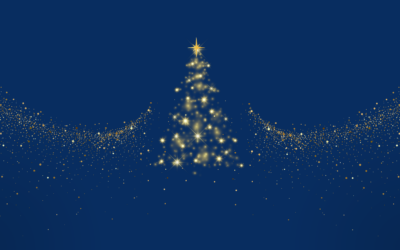
“Popetti,” that’s what Chiara used to call them. It means “children” in the local dialect spoken in Trent. They were the children and youths who came into contact with the Focolare Movement at its beginnings in 1950. They were part of the community, followed what was happening and shared firsthand in its joys and sufferings. They also attended the summer Mariapolises in the Dolomite Mountains, always gathered around the group of first focolarini.”
Luigi Liberati from Rome met the spirituality of unity back in 1953. “All the people who had the good fortune of being near to Chiara were left with the certainty that she had loved only them. I still carry in my mind and in my soul that strong experience of feeling always loved and given first place,” he says. His story presents an unpublished, lively, deep and intense picture: “In 1954 I attended my first Mariapolis. Since there weren’t too many of us, it was easy to be in constant contact with Chiara.” Luigi recalls one story: “That day at Mass the words of the Gospel were: “. . . whoever welcomes one of these little ones. . . “and leaving the church, Chiara immediately said to us: “popetti, everyone in the car, we’re going up to the pasture to have strawberries and cream.” So, all of us somehow managed to squeeze into that car, a Fiat 103. Chiara held the little ones on her lap, and then there was that nice bellyful of strawberries and cream.”
 During those early Mariapolises Chiara entrusted the group of children that was constantly growing in size, to Vicenzo Folonari, better known as Eletto: “That’s where Eletto’s spiritual stature began to show. With him I experienced graces I had never witnessed before. He began a dialogue with us, as the go-between, between us and Chiara. She loved us, guided and taught us, and Eletto helped us to translate everything she said into life.”
During those early Mariapolises Chiara entrusted the group of children that was constantly growing in size, to Vicenzo Folonari, better known as Eletto: “That’s where Eletto’s spiritual stature began to show. With him I experienced graces I had never witnessed before. He began a dialogue with us, as the go-between, between us and Chiara. She loved us, guided and taught us, and Eletto helped us to translate everything she said into life.”
As time passed this group of youths continued to grow and Chiara had the idea of keeping in touch by creating a small centre: “Almost every day some of us would meet there after school. We kept in contact with the others who were scattered all over Italy. Chiara came often, gave us advice and encouraged us.” Our relationship with her was direct and filial: “When she had an accident in 1957 and broke her shoulder, Paolo Carta and I went almost every day to the hospital where she was recovering. We would leave on her car parked outside the hospital, a small message that expressed all our love.”
One day we felt the need of organising a national meeting, since we had grown so much in number. On that day we felt a responsibility that made us feel equal to the adults, and we held that meeting a sense of sacredness. This is how the seeds of the spirituality of unity began to be sown among the new generations: “Through all of this,” Luigi concludes, “God was preparing for what would later happen in such an explosive way with the Gen in the following decade.” But that’s another chapter.





0 Comments